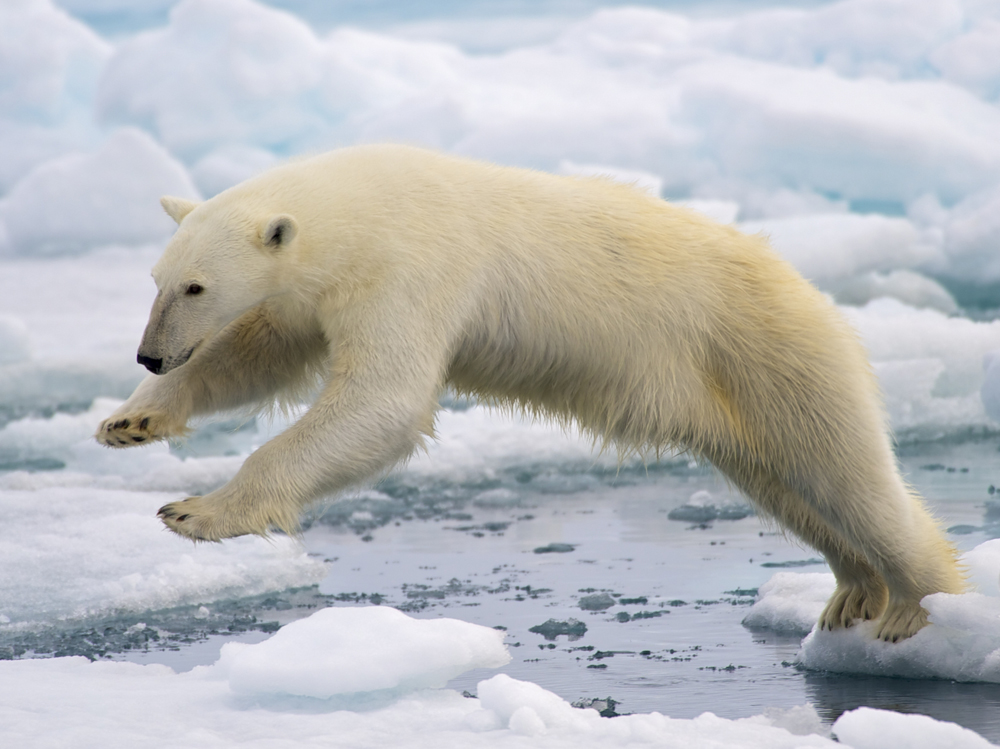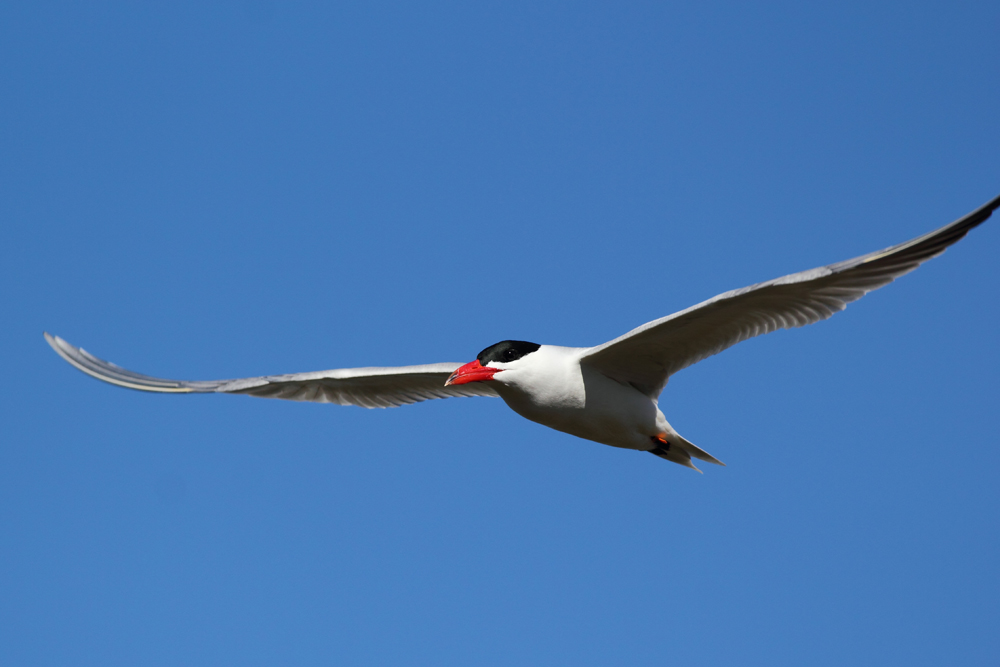Keeping Tabs On Climate Change And Wildlife
Vicki Croke talks with Here&Now’s Jeremy Hobson about everything from so-called “grolar bears” to Caspian terns:

Polar bears are the poster species for the effects of climate change on animals. The bears depend on sea ice to go out and hunt their main prey –seals. But Arctic sea ice is in trouble. There is less and less sea ice in summer, and summer conditions are lasting longer. Just last week, we learned from The National Snow and Ice Data Center, that this summer was a bad one for melting ice in the Arctic. It is in a tie with 2007 as the second worst, just behind 2012. Monitoring by satellite, the scientists tell us that the ice at its seasonal lowest, is almost one million square miles smaller than the averages they were seeing from 1979 to 2000. The center’s director told the Associated Press that he wouldn’t be surprised if Arctic summers were ice-free by the year 2030. Photo: National Park Service.
The big picture for animals and climate change? According to Carl Safina: “I think the biggest overall big picture view is that…it’s like the tropics are expanding north and things that live in tropics will be pushed toward the poles and things that live at the poles will be pushed off the planet.”

The Wildlife Conservation Society reported an astonishing finding this week: “A WCS field team led by Dr. Trevor Haynes monitored Caspian tern chicks through to fledging in Cape Krusenstern National Monument in Alaska. This discovery of Caspian terns breeding above the Arctic Circle in the Chukchi Sea is nearly 1,000 miles farther north than previously recorded – a strikingly large jump in the range of nesting for this (or any) species. Rapid range expansions in the Arctic are largely being driven by climate change. The arrival of Caspian terns is just one of a suite of profound alterations to the rhythms of this environment being reported by scientists and local residents. There is now less summer sea ice, and a longer snow and ice-free season – simply put, summer conditions now last longer. Therefore, more temperate species can, where possible, opportunistically move north. Species such as fin and humpback whales are now spending more time in the Arctic, and boreal species such as the red fox and brown bear now interact more routinely with their arctic counterparts – the arctic fox and polar bear.” Photo: Wayne Butterworth/Flickr.
